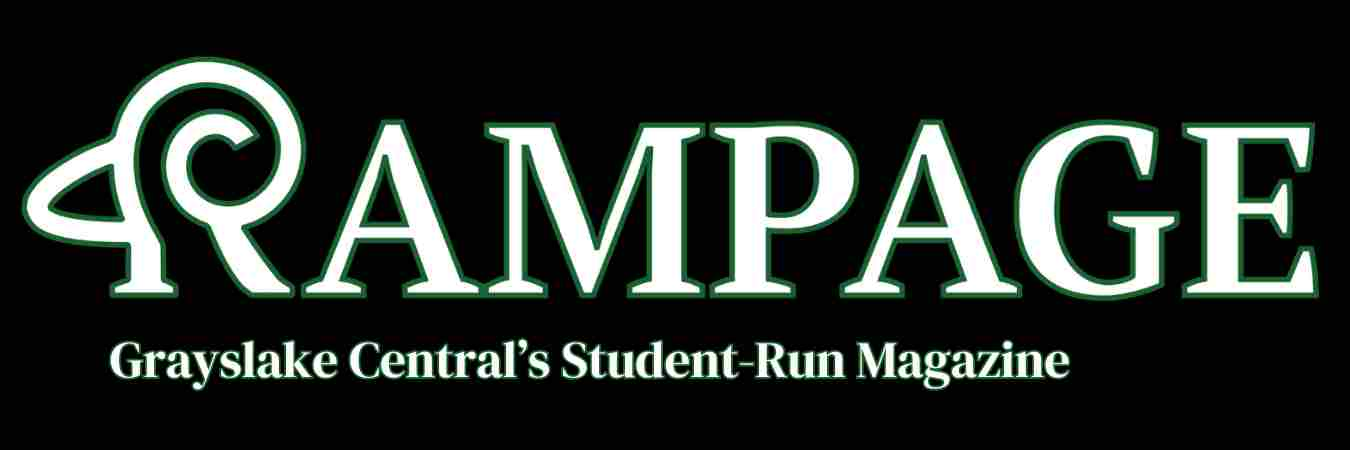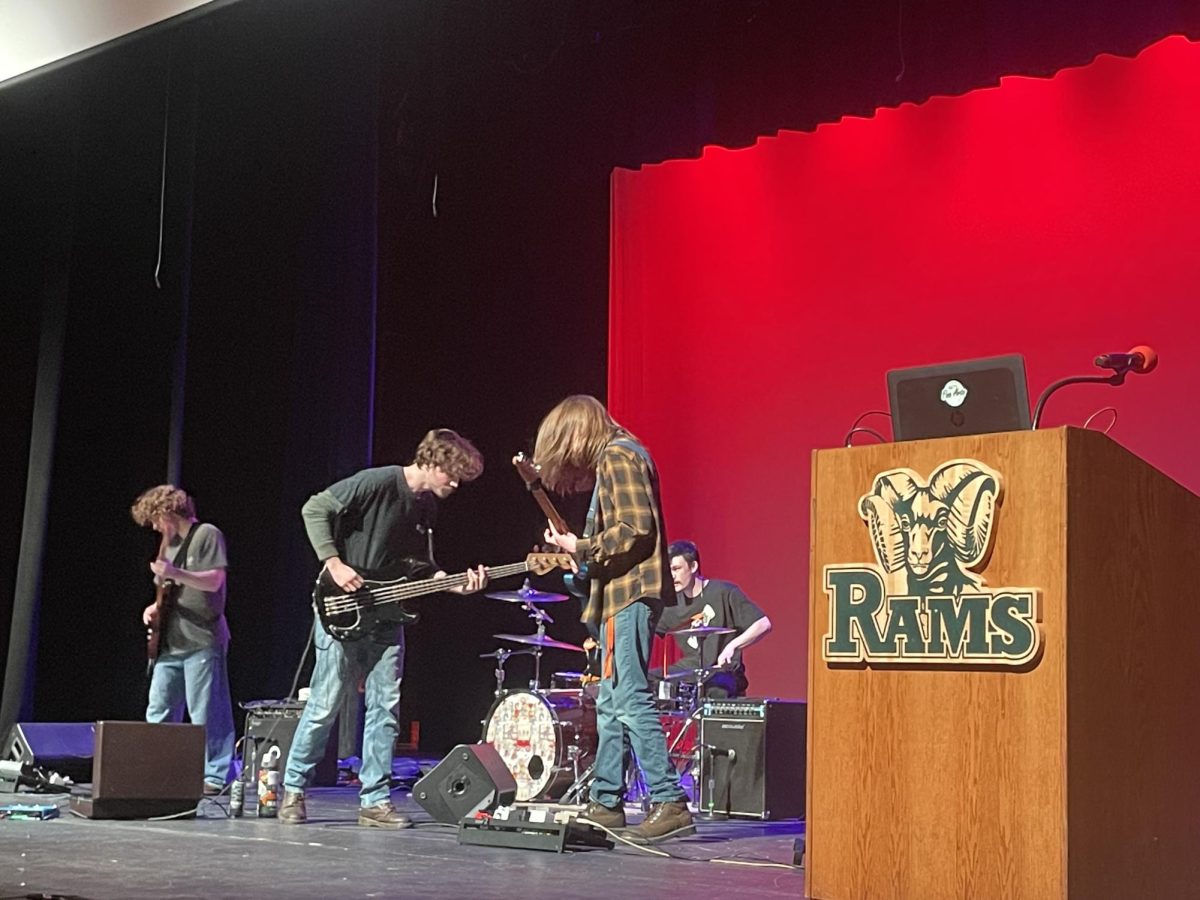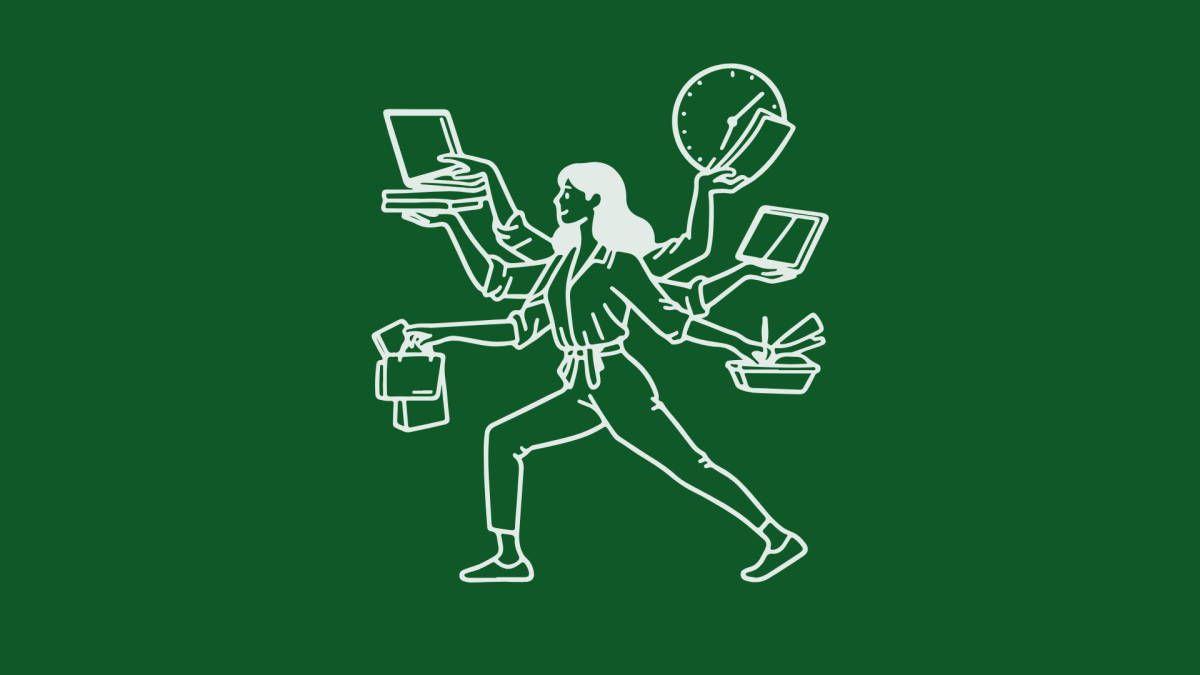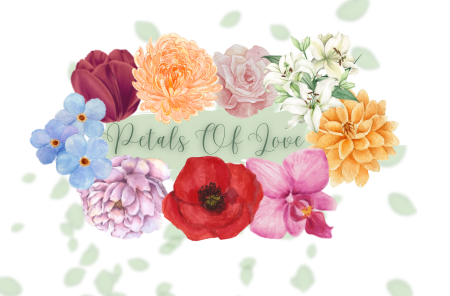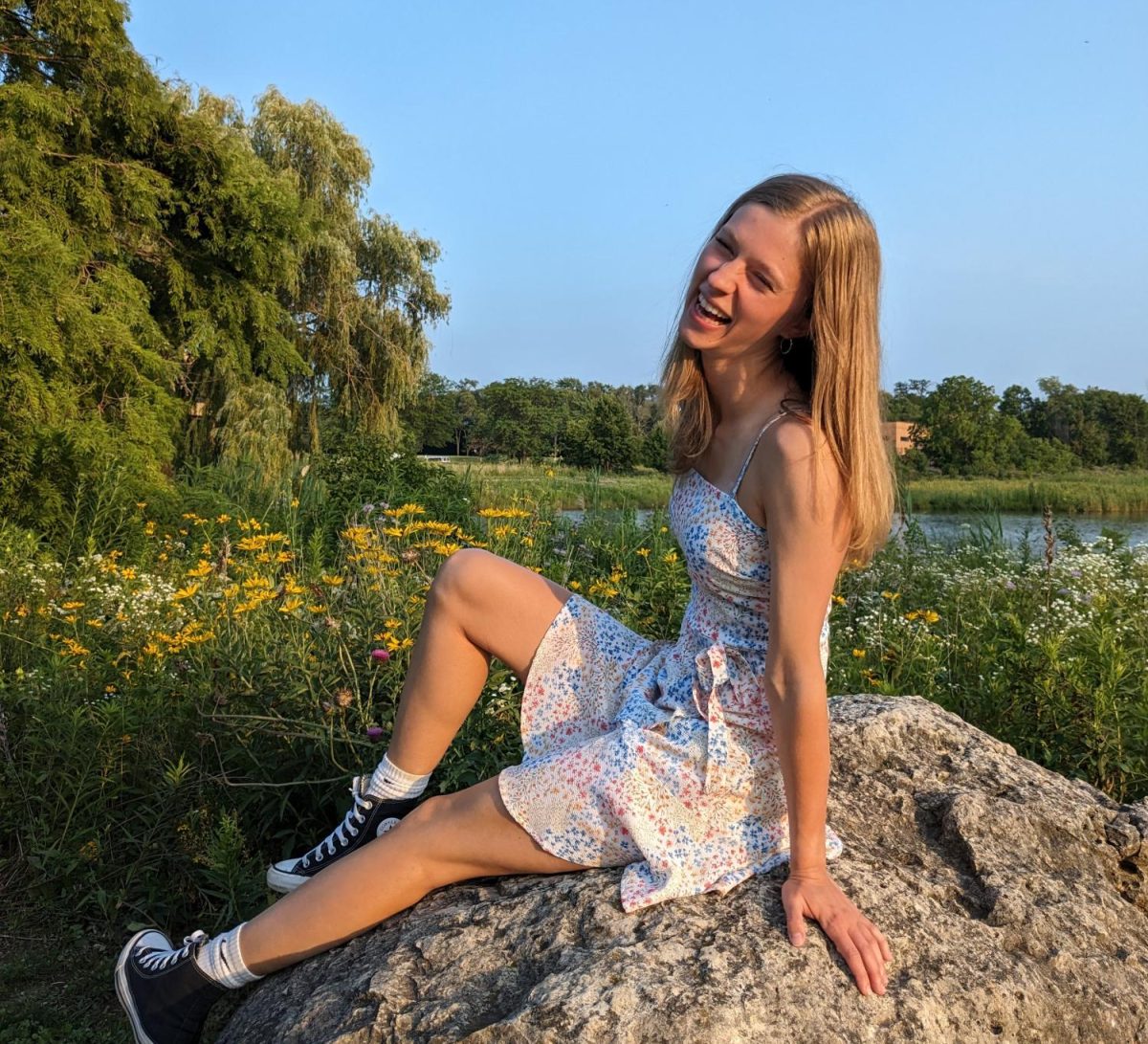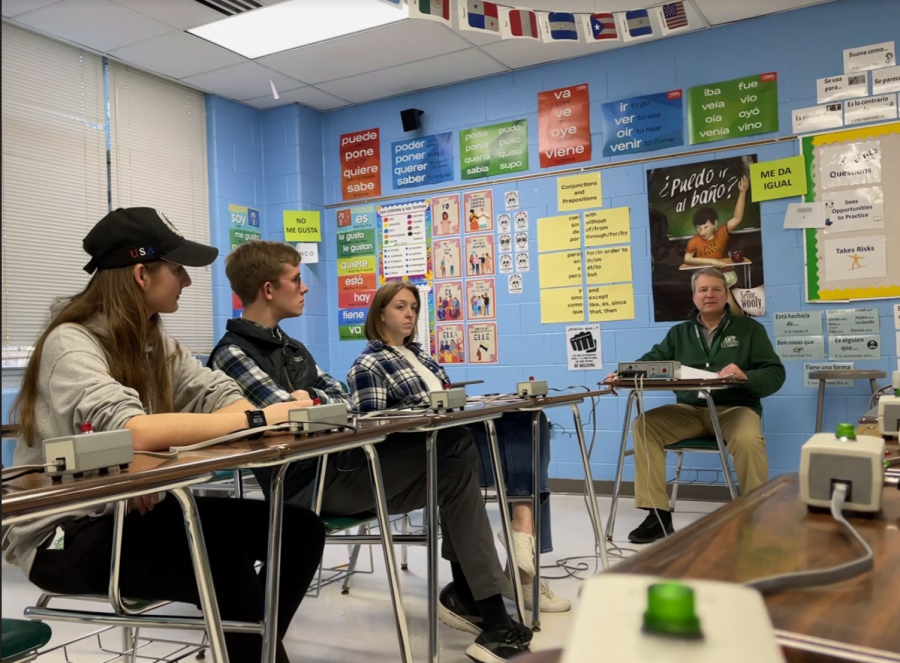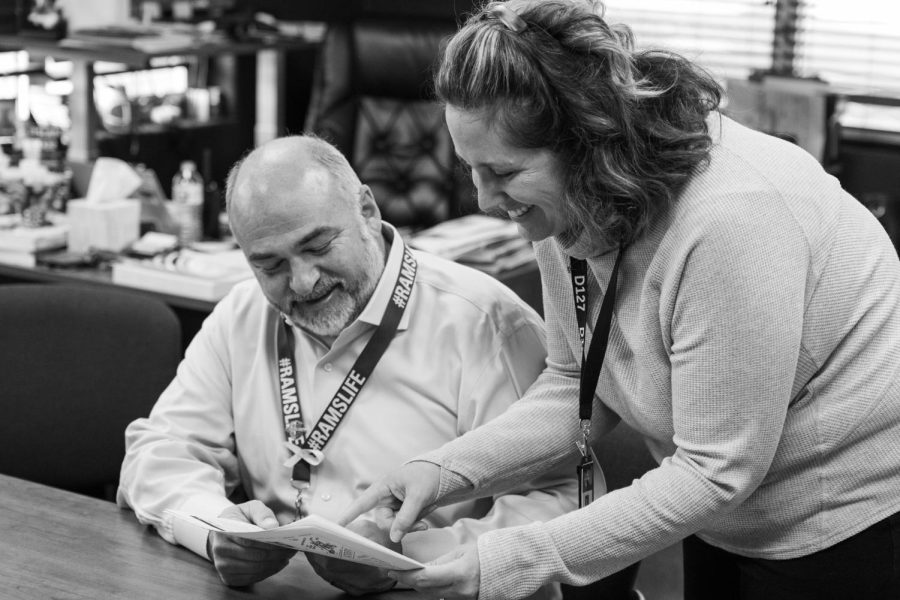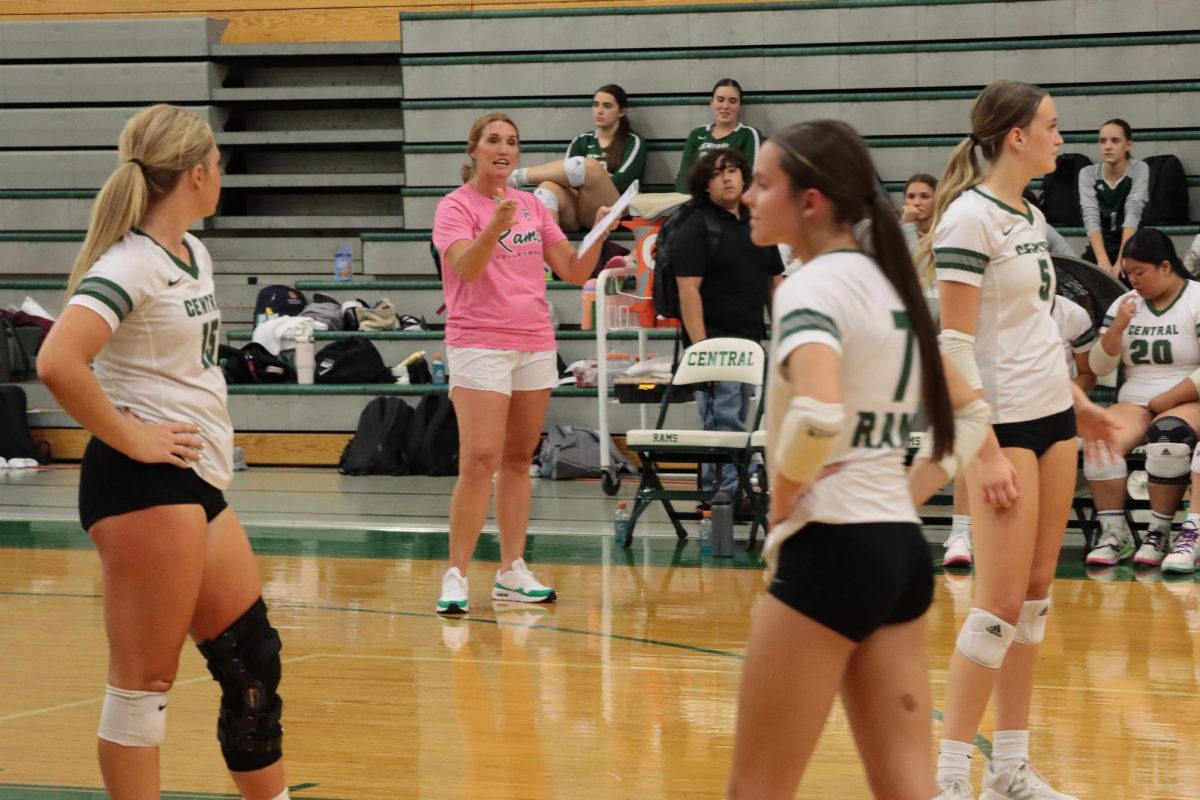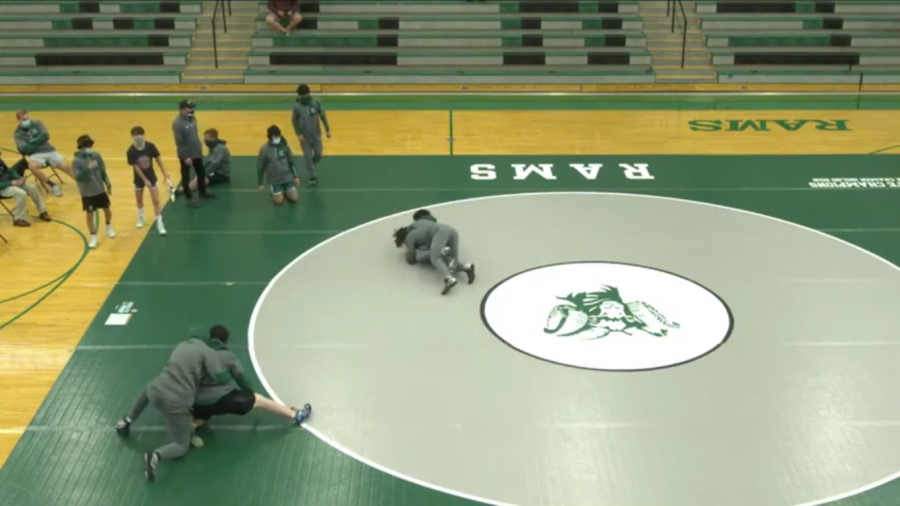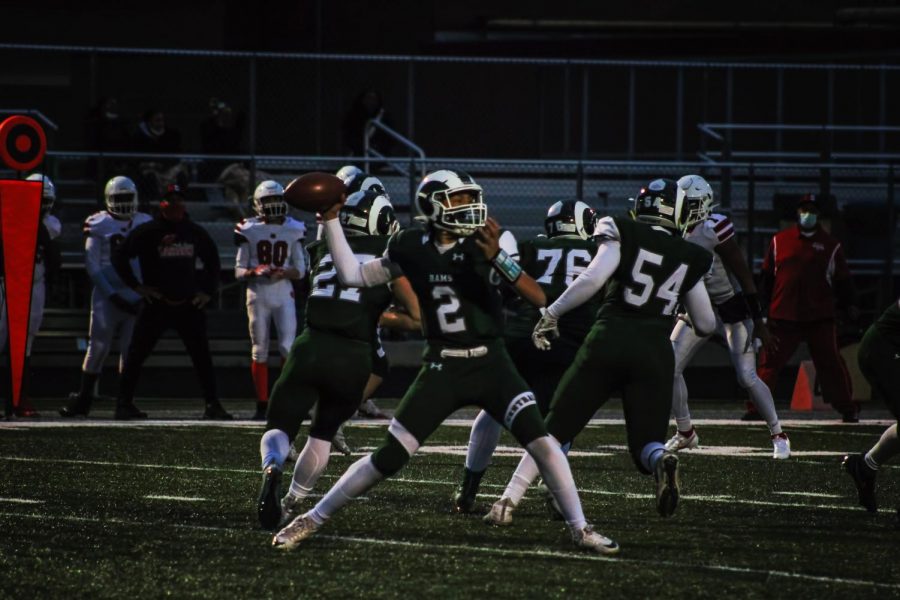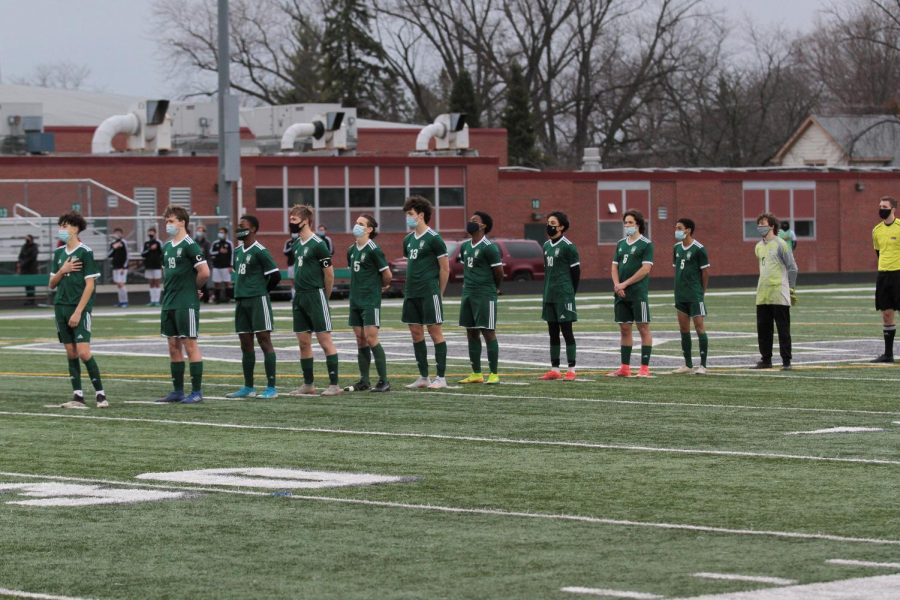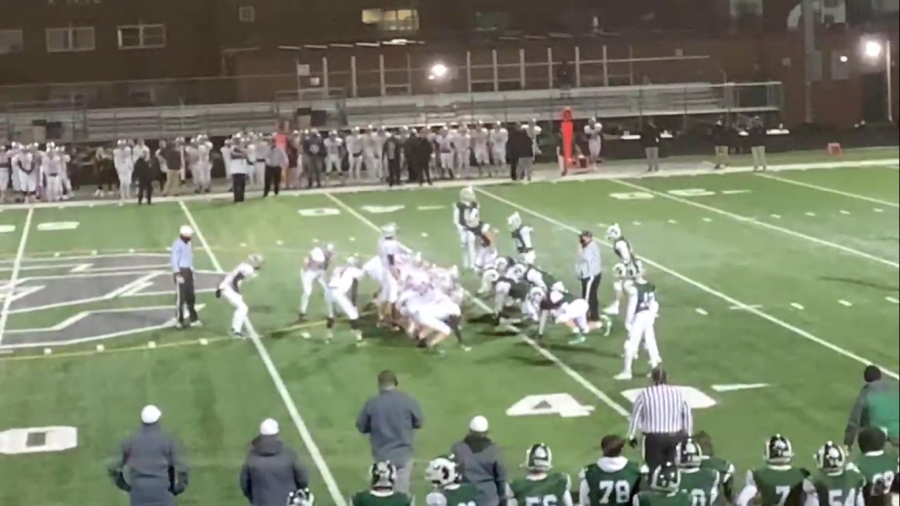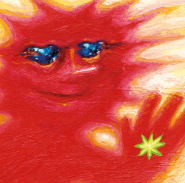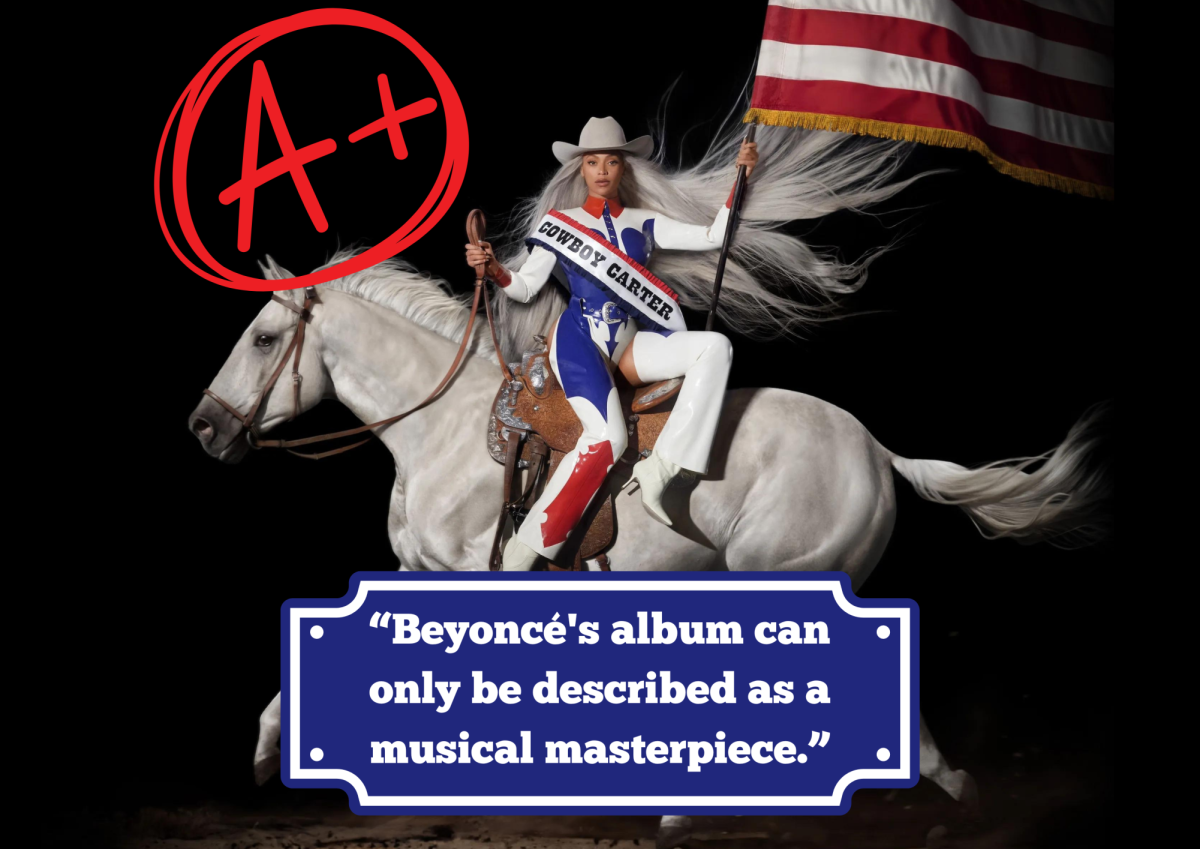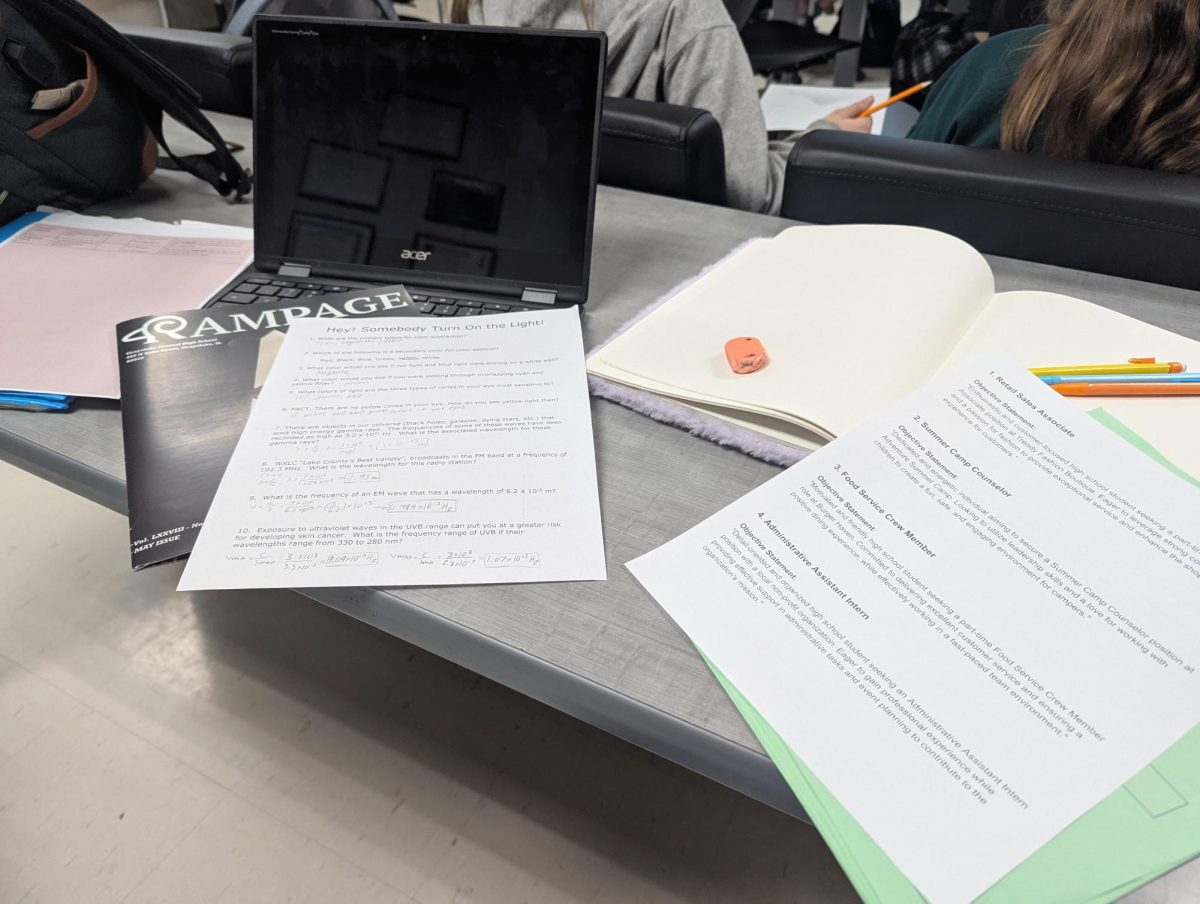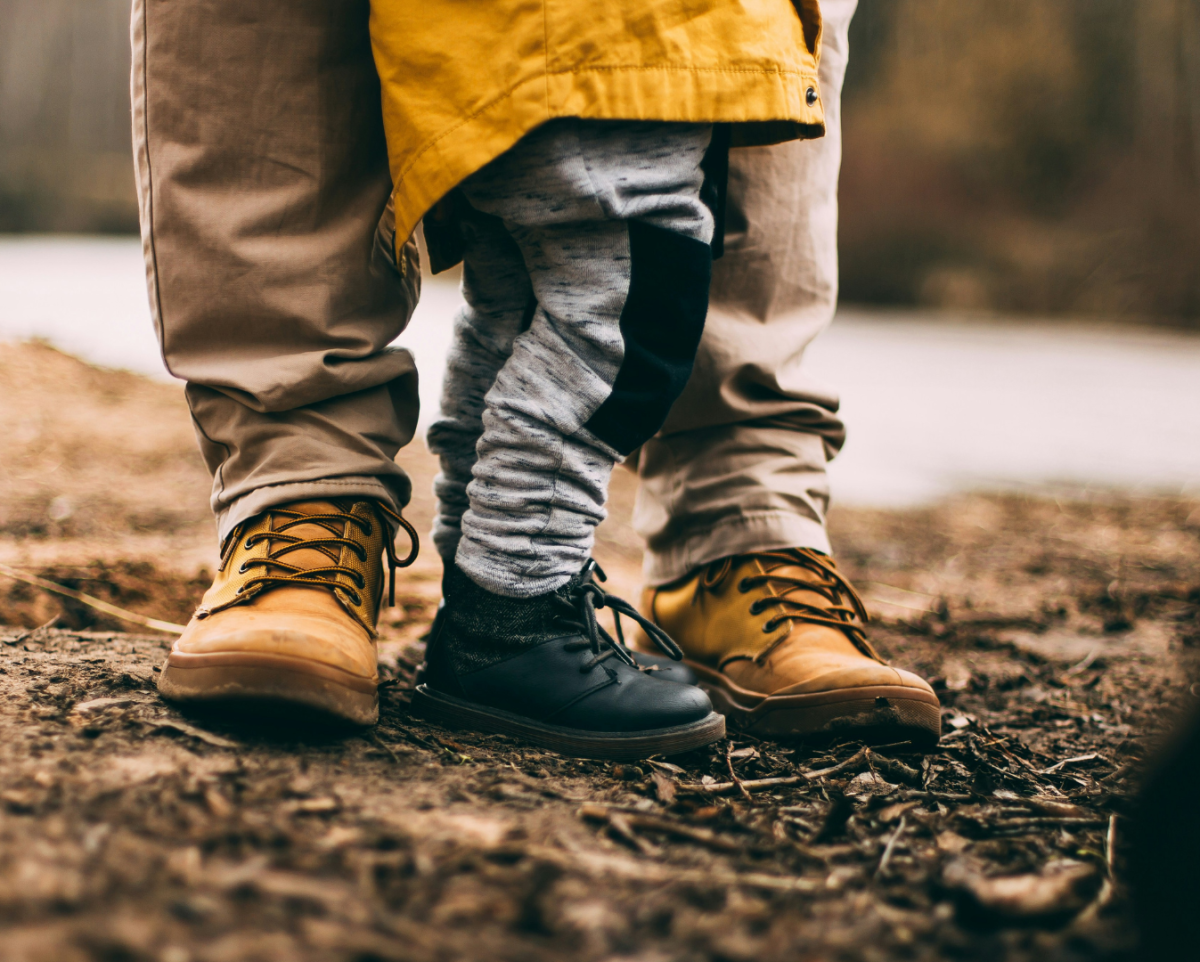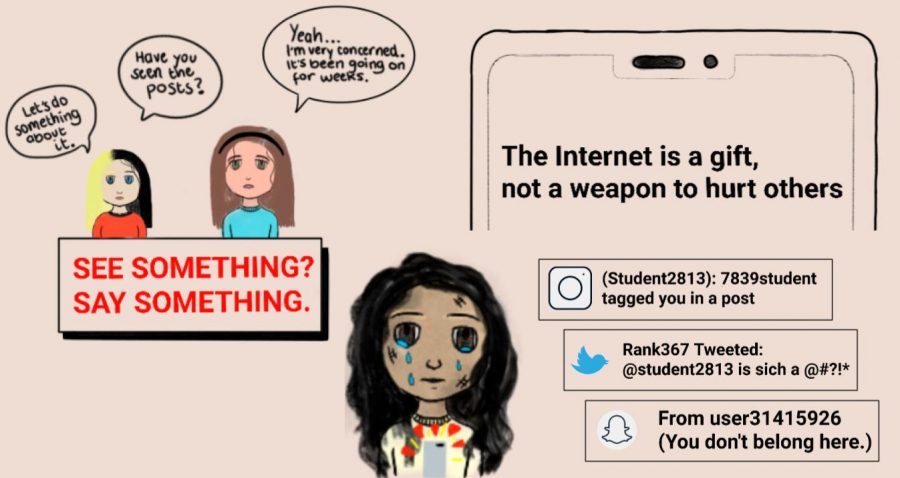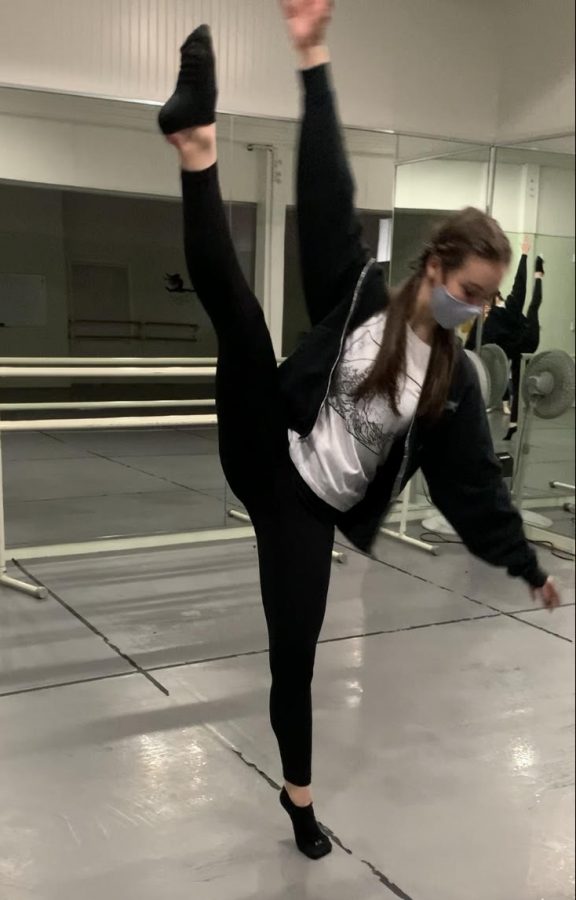Dance improves mental health
Dance is an artisitic and effective way to improve both mental and physical health.
November 23, 2020
You’re alone in your room, with your favorite song blasting through your headphones. You start to channel the anger and frustration that has been weighing you down for months by moving and letting your limbs trace the pathway of those emotions from your brain and muscles out into the surrounding universe. As the music drowns away the audible world, dancing and movement doesn’t ignore these feelings, but releases them. Being able to articulate intense feelings through dance is one of the healthiest and most rewarding coping mechanisms that is accessible to almost everyone.
Although 2020 has undoubtedly bogged everyone down with heavy emotions with virtually nowhere to go, dancers have a unique outlet to release these emotions in a scientifically proven and meaningful way.
According to an article from Harvard Medical School, “dance helps reduce stress, increases levels of the feel-good hormone serotonin, and helps develop new neural connections, especially in regions involved in executive function, long-term memory, and spatial recognition.”
Student dancers facing mental health difficulties greatly benefit from the emotional artistry dance provides. Sophomore dancer Lizzie Hoffman from Dance Connection in Grayslake has been dancing since childhood, but really feels the positive effects of dance in her high school years and the emotional weight during them.
“I dance to let out all my emotions because sometimes it’s hard to talk about your emotions. It’s just better to dance them out, [and] it really helps your mental health…especially now, more than ever,” Hoffman said.
Many dancers experience a specific moment where dance perfectly articulates what they have needed to release from their consciousness, often resulting in a positive emotional response. Senior Kamden Marshall, also a dancer at Dance Connection, dances attends classes at her own level and teaches those younger than her to help the studio create a cohesive and smooth recital at the end of the year. Adding assistant teaching responsibilities onto regular classes and school is a great commitment, but the hard work pays off.
“[Dance really impacts me] at the end of the year at the recital [when] all my hard work really just shows and I get to show everyone else what I love. [It makes me] feel fantastic,” Marshall said.
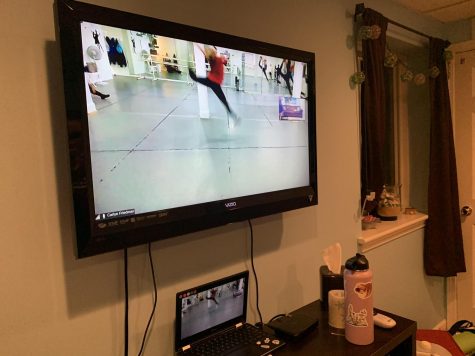
Since physical performances have come to a halt because of COVID-19, dancers have had to get creative with their craft. Many dancers have resorted to taking classes through ZOOM while others go into the studio wearing a mask.
During the summer ZOOM classes, dancers, including Hoffman and Marshall, had to move their studio to their basements, living rooms, or bedrooms. However, dancing still brought a sense of normalcy and a physical and emotional outlet after being restricted to the house.
“[During quarantine] I really missed dance, and I think I was really dancing more full out than I ever have. I think it was just coming from those emotions of missing just being back to normal… in class,” Hoffman said.
Because of the numerous benefits of dance, many have been involved since childhood and plan to continue into adulthood. Marshall has been dancing since she was a toddler and has continued with it into high school.
“I started out very young, and it just kind of stuck, and now it’s my thing. I just love to do it and I’m going to dance forever because I love it,” Marshall said.
